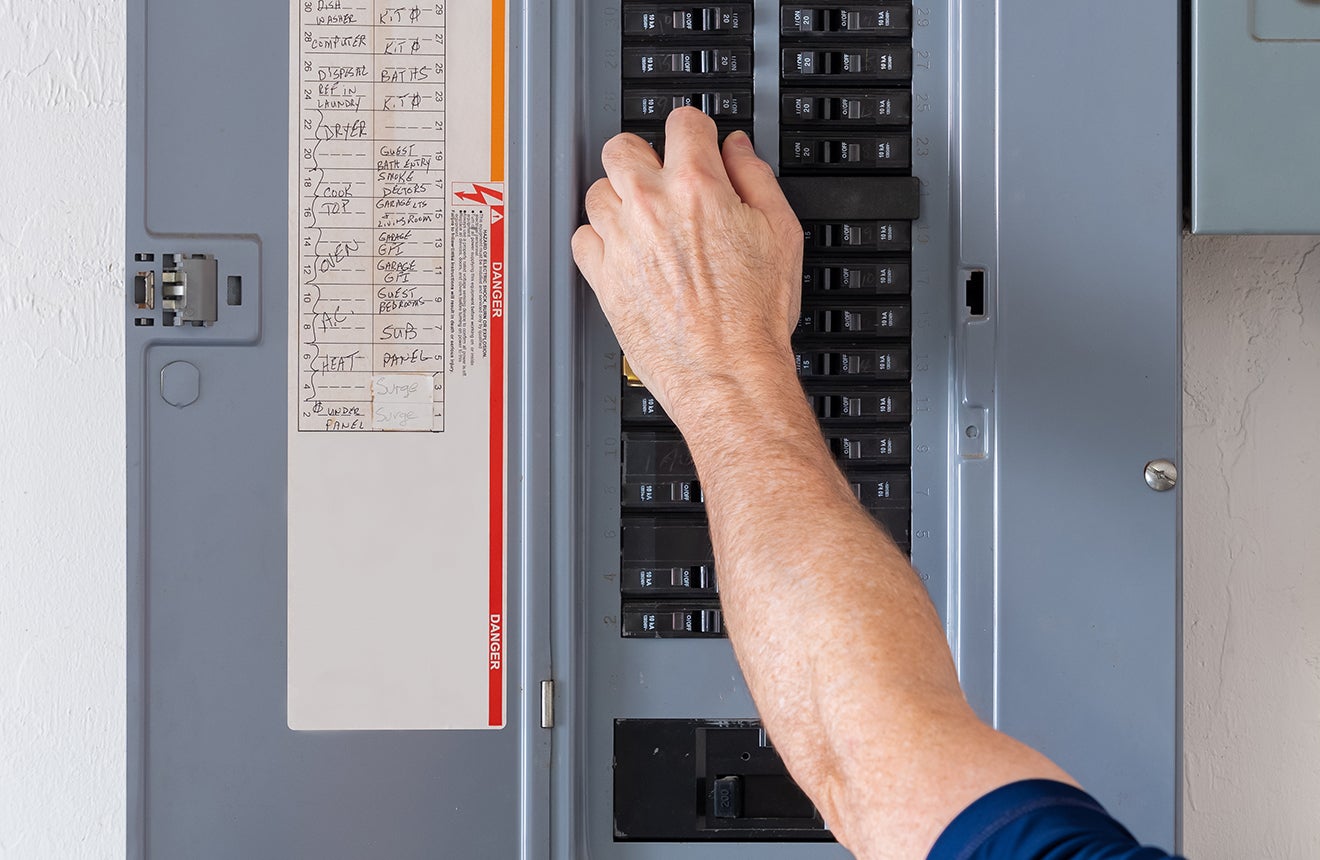Understanding your electric service panel
Electricity plays an essential role in how your home operates. Whether watching TV, powering heating and cooling systems or charging a cellphone, we rely on our home’s electrical system to provide us with power when and where we need it.
Let’s take a look at one of the components of your home’s electrical system, the electrical service panel. Every home has a service panel that distributes electricity to switches, outlets and appliances. The service panel is usually found in the basement, garage or utility area.
When a short or overload shuts down power to a circuit, this is where you can restore the flow. It is also where you will shut down power to a circuit before starting a project or repair.
Fuses and circuit breakers
All service panels are equipped with fuses or circuit breakers that protect the wires in each circuit from overheating and causing a fire. In general, older service panels use fuses, while more modern systems rely on circuit breakers.
Fuses and circuit breakers are safety devices that help prevent overloading of your home electrical system and prevent fires. They stop the electrical current if it exceeds the safe level for some portion of your home’s electrical system.
Fuses
Service panels installed before 1965 use fuses to protect each individual circuit. Each fuse is marked with a code, which provides information about the type of base and the degree of time delay, if any.
Once a fuse is blown, it must be unscrewed and thrown away. When replacing fuses in your service panel, always make sure the replacement fuse matches the amperage rating of the circuit.
Circuit breakers
All newer homes are protected by circuit breakers. Unlike a fuse that must be replaced when it blows, a circuit breaker that has “tripped” can be mechanically reset to resume operations once the problem has been resolved. A tripped breaker is likely the result of too many appliances overloading the circuit and should be fixed immediately.
Instructions for resetting a tripped breaker:
-
Unplug or turn off appliances in the room.
-
Find your main breaker panel and open the cover.
-
Locate the tripped breaker. A tripped circuit breaker will be in the off position or in a middle position between on and off.
-
To reset the breaker, switch to the off position and then back to on. This may restore power to the room. If the problem continues, there may be more serious issues. Contact an electrician to diagnose the problem.
Main breaker
Your home also includes a main breaker, which serves as the on and off switch for electricity to your entire home. During an emergency, you can turn off power to your entire home with this switch. Everyone in your home should know where this is located.

